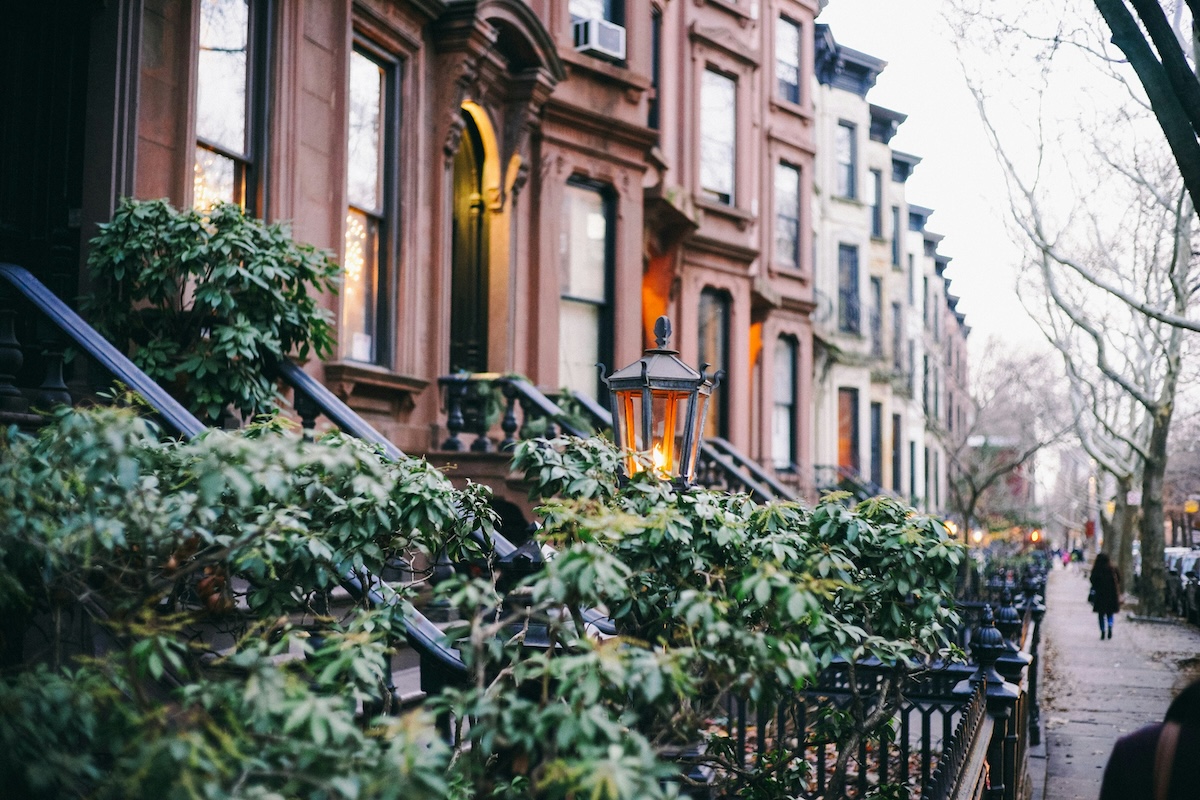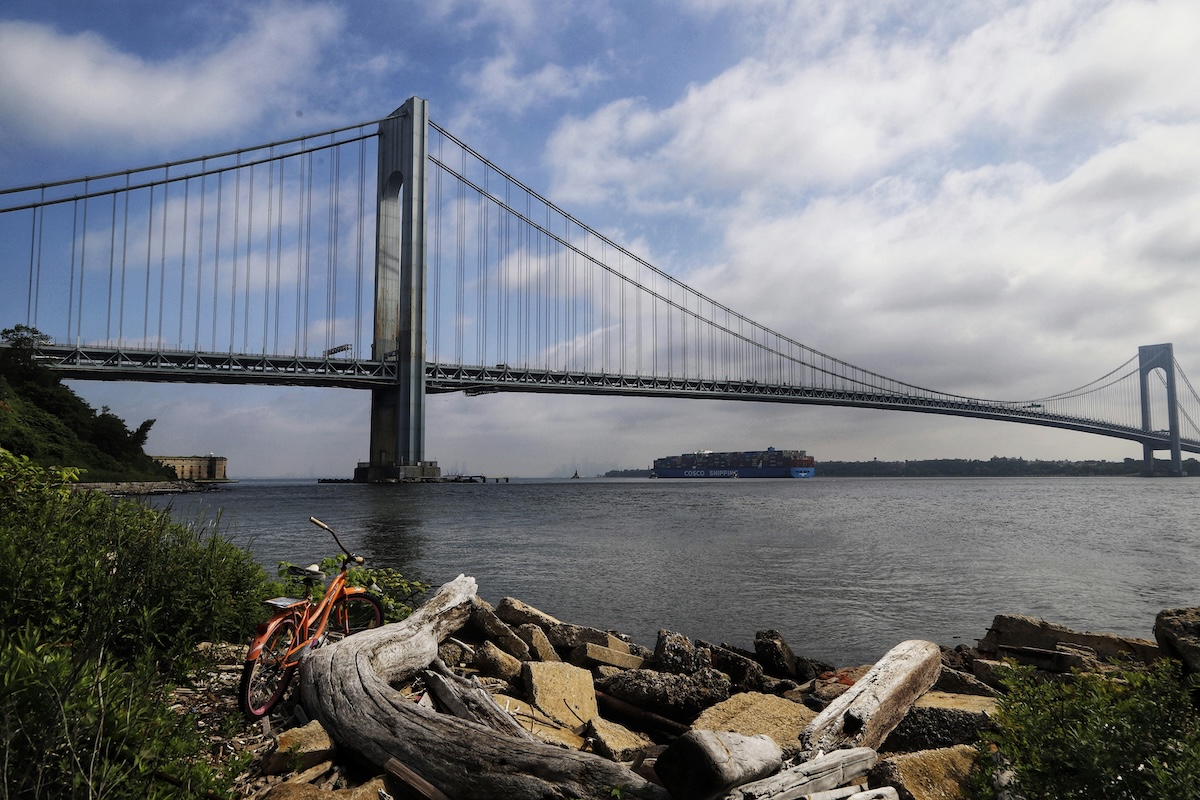
New York City stands apart as a metropolis where diversity is not merely a demographic fact but the essence of its existence. Each of the five boroughs—Manhattan, Brooklyn, Queens, The Bronx, and Staten Island—has cultivated a distinct identity shaped by waves of migration, economic transformation, and cultural exchange. Together, these boroughs form a unified city defined by the interplay of its differences.
Manhattan remains the borough most recognized around the world. It is the financial, cultural, and political center of New York City, yet beneath its iconic skyline lies continuous renewal shaped by immigration and innovation. In neighborhoods like Chinatown, Little Italy, and Washington Heights, generations of families have left imprints in the form of cuisines, holidays, and architectural styles.
Wall Street symbolizes global capitalism, but Harlem and the Lower East Side tell the story of artistic and social revolutions. From the Harlem Renaissance of the 1920s to the avant-garde movements of SoHo’s lofts, Manhattan thrives on expression. What unites these varying histories is the borough’s capacity to absorb change while maintaining its role as the city’s nerve center.
Once dominated by working-class neighborhoods and industrial stretches, Brooklyn has undergone one of the most dramatic cultural evolutions in urban America. From the brownstone-lined streets of Bedford-Stuyvesant to the diverse enclaves of Sunset Park and Flatbush, Brooklyn symbolizes reinvention without erasure.
Its transformation began when artists seeking affordable space moved into former factories in neighborhoods like Williamsburg and DUMBO. Soon after, Brooklyn emerged as a global brand synonymous with creativity, artisanal culture, and progressive values. Yet the borough maintains deep authenticity through its cultural roots—Caribbean festivals on Eastern Parkway, Jewish bakeries in Crown Heights, and long-standing Italian communities in Bensonhurst. Brooklyn’s power lies in balancing constant reinvention with a respect for the people and stories that shaped it.

Queens represents the most linguistically and ethnically diverse urban area on the planet. More than 150 languages are spoken across its neighborhoods, and nearly half of its residents were born outside the United States. From the bustling markets of Jackson Heights to the serene streets of Flushing, Queens functions as a living map of global migration.
This diversity translates into daily life through food, festivals, and community events. The Panorama of the City of New York at the Queens Museum stands as a fitting metaphor: a complete miniature city displayed under one roof, mirroring how Queens encapsulates the entire world within its borders. Despite this broad scope, community remains intimate. Local soccer leagues, outdoor markets, and civic groups thrive on collaboration across cultures, illustrating that identity here is shared rather than segmented.
The Bronx tells the story of perseverance. As the birthplace of hip-hop and home to Yankee Stadium, its cultural exports have influenced not just New York City but global popular culture. Beyond these contributions, the Bronx embodies a narrative of survival through periods of economic decline and renewal.
Neighborhoods like Mott Haven, Kingsbridge, and Belmont reveal the borough’s mosaic of Puerto Rican, Dominican, West African, and Italian American cultures. Street art, community gardens, and food cooperatives demonstrate a grassroots creativity that reflects both pride and adaptability. Initiatives like the Bronx River Greenway showcase how environmental restoration can parallel social and economic revitalization. The Bronx continues to prove that out of challenge comes cultural strength—a reminder that urban identity often grows from resilience.
While Staten Island is often overshadowed by its larger counterparts, it plays a vital role in defining the city’s overall character. Known for its suburban pace and abundant parkland, Staten Island provides contrast to the density of the other boroughs. Its cultural mosaic includes long-standing Italian American families, growing immigrant communities, and a renewed appreciation for historic preservation.
The Staten Island Ferry remains one of New York’s most symbolic experiences—a free ride offering sweeping views of both Liberty Island and the Manhattan skyline. At the same time, Staten Island invests in its own local pride through art spaces, maritime museums, and revitalized waterfronts. This balance between urban accessibility and open space represents another form of diversity within the city’s identity: not every story must be written at a frenetic pace.

Though each borough has its own rhythm, New York City’s identity arises from how they interact rather than compete. A commuter may live in Queens, work in Manhattan, and relax in Brooklyn’s Prospect Park while supporting family roots in the Bronx or Staten Island. The city’s extensive subway system and bridges are physical manifestations of this connectivity, linking millions of daily stories into a single, ever-evolving narrative.
Cultural cross-pollination remains constant. A Dominican food truck in the Bronx might serve customers who grew up in Brooklyn. A Queens-based designer could find inspiration in Manhattan’s art galleries. These exchanges sustain the city’s creative and economic vitality while reminding residents that belonging in New York comes not from sameness but from coexistence.
The five boroughs operate like distinct threads in a vast tapestry. Manhattan’s ambition, Brooklyn’s innovation, Queens’ globalism, the Bronx’s resilience, and Staten Island’s calm together create a balanced portrait of urban identity. The city’s skyline may symbolize unity, but its spirit thrives in the human scale of neighborhoods—corner shops, street festivals, community centers, and the countless accents that fill its public spaces.
New York City does not seek to unify by erasing difference. Instead, it organizes diversity into a functional ecosystem. The result is a model of coexistence that continues to attract dreamers, workers, and creators from around the world. Its strength lies not in becoming one thing, but in remaining many things at once—a living demonstration that diversity and identity are not opposites, but inseparable forces shaping a modern metropolis.